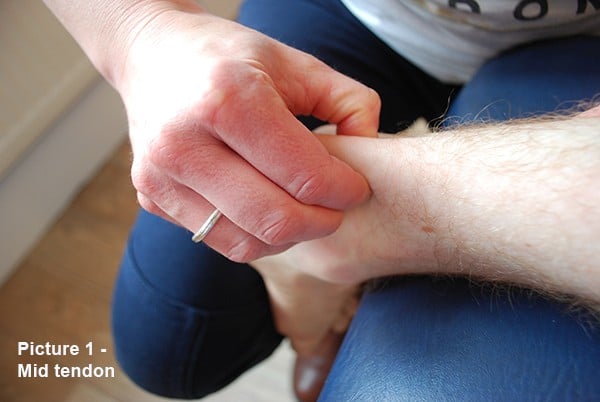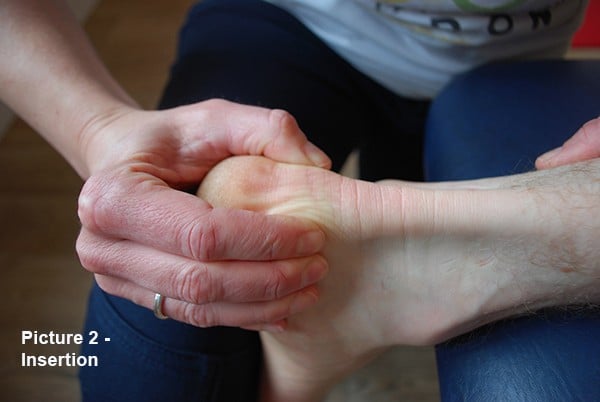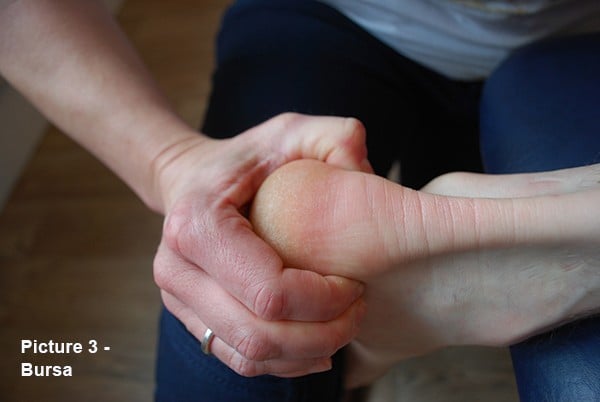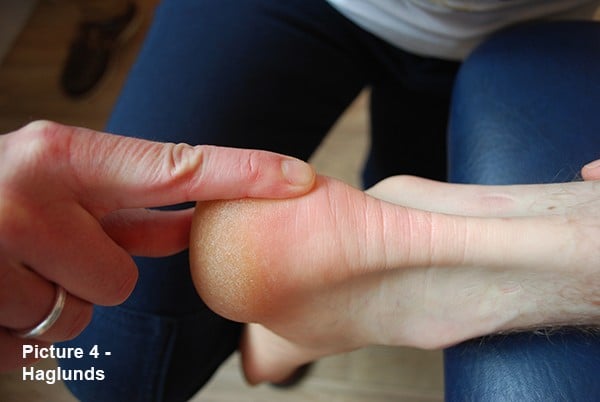The Achilles is the strongest tendon in the body – but it’s one of the most common problems for runners and also one of the most difficult to treat.
Why does the Achilles suffer so?
The forces through the Achilles tendon are huge. It is estimated that a hop transmits up to 3787 Newtons through the tendon. If a human being with a mass of 70kg exerts approximately 686 Newtons standing it can be seen that the forces through the tendon when hopping are around 5.5 times body weight.
When you run there is the inevitable wear and tear type of soreness you feel in muscles regularly. In the muscles there is lots of blood flow to help repair the tissue and improve the strength. The Achilles tendon has very little blood flow of its own so to repair it has to use the blood supply that exists in the sheath around the tendon.
We think that nerves and blood vessels grow into the tendon and supply the blood to repair the damaged tissue and then withdraw. However with repeated running on a repairing tendon this process can be interrupted like the picking of a scab. With poor mechanics constantly overloading one specific area it soon turns into an unhealed and painful spot.
In the treatment of an Achilles issue you have to look at two aspects:
Firstly, the repairing tendon tissue has to be allowed to heal. If it has become chronically damaged, which is the case in a problem that is more than 6 weeks old, it needs to be prompted to heal as the acute healing stage has stalled.
Secondly the overall causes, typically poor biomechanics and strength, has to be addressed. However, when addressing this you have to take into account the forces that the tendon has to be able to cope with and design the strength work accordingly.
In the ‘ Self-assessment of biomechanics ’ articles we have looked at gait and in long term conditions it is essential to go through this to find a complete solution. The typical pattern of the leg and knee rolling in and the foot rolling over into pronation is asking for the Achilles to become overloaded.
To decide how to manage a specific issue there are some simple questions to be answered about how it presents.
What type of pain does it give?
- The onset of pain is rarely sudden but tightness builds up over a few days, especially felt in the morning.
- If it is sharp and stabbing then there is likely to be significant tissue damage and running on it will cause more problems for longer. You should stop.
- If it is a sore tight pain that warms up through the day then it can be trained on at a level that does not make this any worse. It will be variable.
- If it is sore and it remains sore during the day and doesn’t really reduce when running then you are asking too much of the damaged tissues and you should look to reduce the frequency and duration of runs to bring it to a level where it does settle down within an hour of getting up and within 10 mins of running.
Does it swell?
- Swelling is the release of tissue fluid by the body due to inflammation or tissue damage. If the Achilles blows up after a run please reduce the amount you are doing as you are continuing to damage the tendon.
- If it is swollen but it is a thick and solid type of swelling that does not vary then this is the result of scar tissue and thickening of the tendon sheath and, dependent upon the pain, you can still run on it. Thickness like this can often be permanent and is not a good indicator of the health of a tendon – good or bad. I know many tendons that look horrible but perform very well.
Should I stop exercise or not?
If there is sharp pain, walking or running, that does not settle and there is soft swelling that ebbs and flows then please stop.
If there is an achy tightness that loosens with walking or running without much swelling then you are ok to run but keep the levels as they are and do not increase the speed or amount of running.
Areas of pain in Achilles – what do they mean?
Mid-tendon
The pain is usually felt more to the inside of the tendon.

Tendons as sore to poke so compare with the other leg to see if you have found the right part. There may be a spot of thicker fibrous tissue.
These types of Achilles issues can be due to tearing or over-loading of the tendon. If it is only a few days old then please rest and ice. If it is longer than a couple of weeks then start to work the strength of the calf and Achilles with heel rises or eccentric lowers. Eccentric lowers have been in favour recently due to some good research. This is where you rise up on two feet on the edge of a step, shift your weight to the affected leg and then lower fully. 3 x 15 reps adding weight to around 20kg as you are able.
Insertional Achilles
The Achilles attaches over a large area of the back of the heel. When the foot is pulled up the heel bone is pushed into the Achilles. If you have damage to the tendon at this point (Picture 2 - Insertion) you should not pursue eccentric exercises with the heel below the toes as you will potentially irritate the injured site. In these cases, only do the eccentric lowers to the flat not over the edge of a step.

Retrocalcaneal Bursa
If you have pain in the area shown in Picture 3, which is further to the side of the heel then this indicates you have inflammation in the bursa. This is a fluid filled sack that sits between the Achilles and the heel bone to absorb the friction. This can become inflamed and damaged as well as the tendon; sometimes on its own, sometimes with other tendon issues. If you suspect it is a bursa almost all heel rise exercises will cause irritation. Ice and rest is a better option to start with.

Haglunds Deformity
If you have a very bony heel as in Picture 4 you may have a Haglund’s deformity. This is where you grow extra bone in response to loading or just genetics. These can be difficult to settle down because each step you take you are pushing bone into the tendon. For these please seek advice and do not keep pressing on with the exercises whilst there is pain as you are just continuing to damage the tendon.

Achilles Tendon Part 2 - How Can I Treat My Achilles Myself -->














